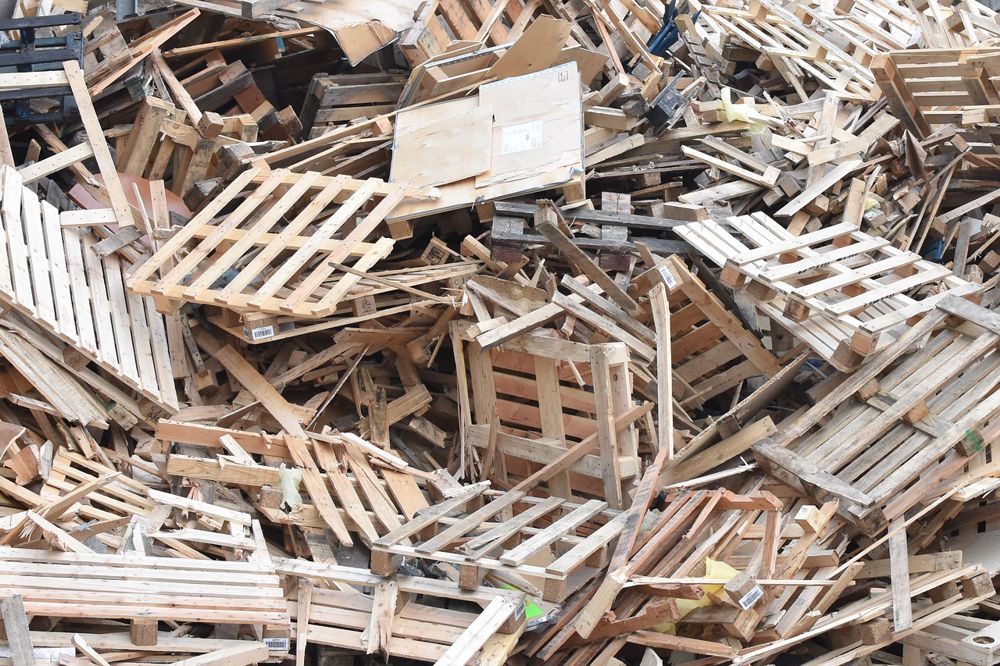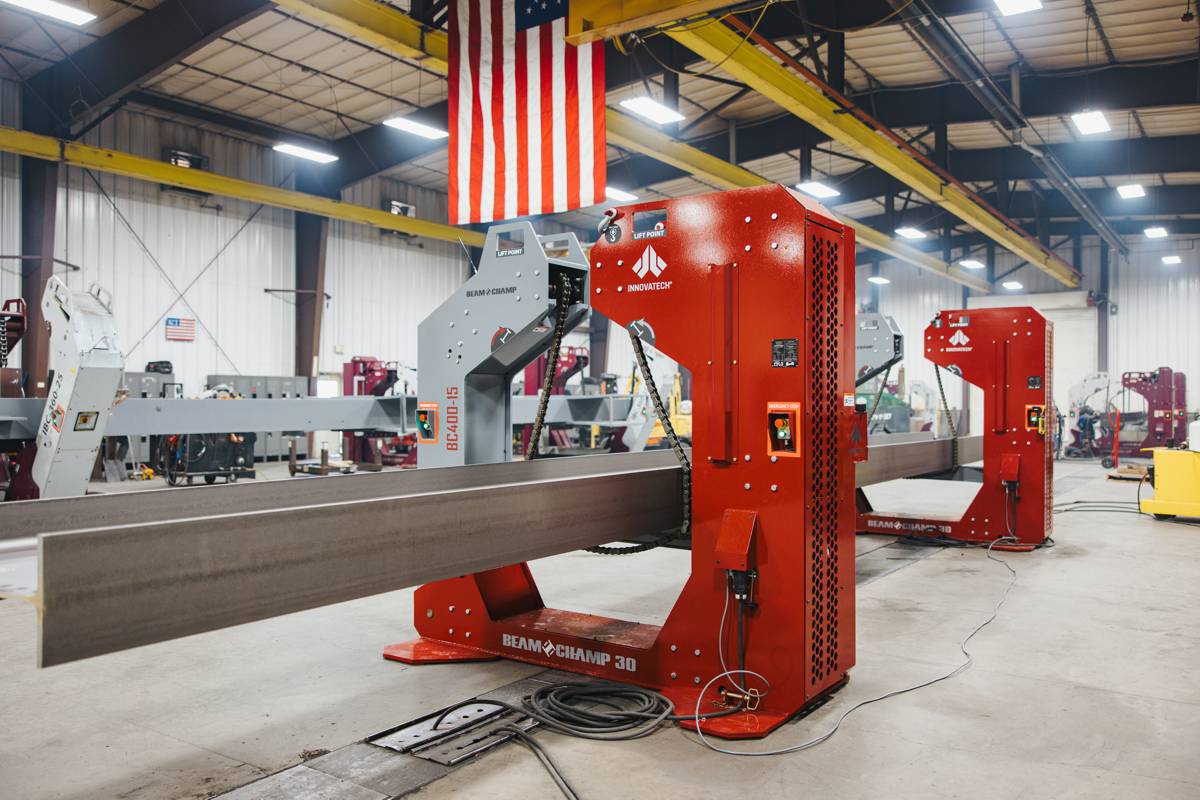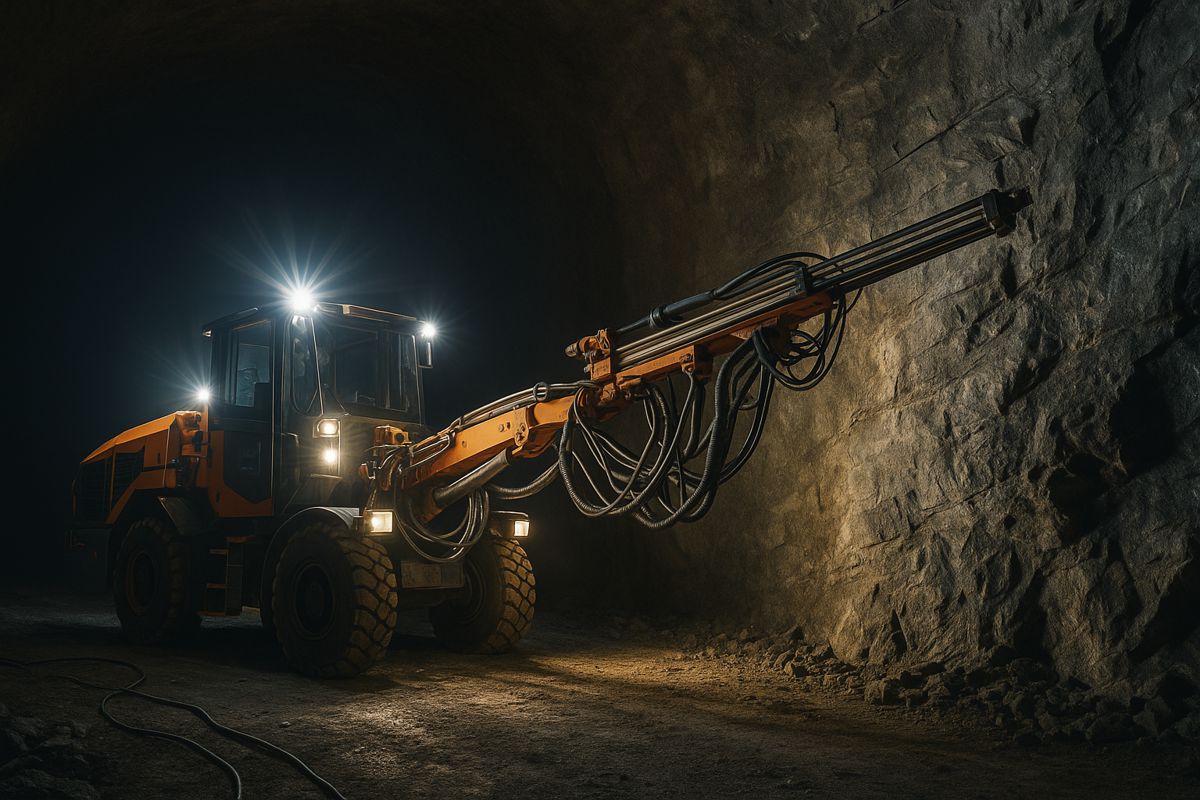The Construction Waste Challenge – How to Do It Green?
Although the ongoing pandemic has affected the construction industry in the short term, long-term demand will not be affected so easily. By some forecasts, for instance, around 70% of the buildings and infrastructure that Australia will need by 2050 does not yet exist. And this is in an industrialized country; the demand for construction in developing nations is even greater.
Growth and regeneration is positive news, but also requires significant use of increasingly strained natural resources, and will create staggering amounts of waste. In fact, the construction industry in the United States generated nearly 570 million tons of waste in 2017—twice the amount of municipal solid waste produced in the country. Overall, 90% of this waste was generated during demolition, while 10% came from building work.
Construction and demolition waste can include anything from bricks and electrical wiring to cardboard packaging to dredged tree stumps, and it’s inherently difficult to dispose of because it’s often mixed and generated in large quantities. It traditionally ends up going to an industrial waste landfill, where lead and other hazardous chemicals have the potential to contaminate groundwater. Disposing of construction waste is also an added cost, which means that, unfortunately too often, it also gets dumped illegally and has a detrimental impact on both the human and natural environments.
Rather than viewing construction and demolition waste as an untapped resource, the tendency in the industry is to buy materials new, which puts stress on already limited natural resources. Many of the materials ubiquitous with the construction industry, like concrete, are also hazardous to produce both for the environment and human health. In this way, from both an input and output standpoint, sustainability is one of the greatest challenges of the construction industry.
Green management of construction and demolition waste is possible, however, and there is a growing movement within the industry to make it easier and more widespread. The key to managing construction waste in an environmentally friendly way goes back to that old motto we learned as kids: Reduce, Reuse, Recycle. Also known as the waste management hierarchy, this provides a guideline not only for handling household or business waste, but construction waste as well.

Reduce during the design phase
For the construction industry, this means utilizing existing infrastructure as much as possible to eliminate the need to build new, and could mean anything from reusing a building’s shell to upgrading a road. The global trend of repurposing old industrial buildings and the electrification of railways in Europe are both examples of reducing need for materials by utilizing what already exists.
When planning new projects, reducing means that designs should be optimized and streamlined to use materials as efficiently as possible. Both old and new buildings can be given a longer life by making them easy to maintain, repair and expand, reducing the need for outright demolition in the future. Buildings can also be designed to be more easily disassembled and recycled.
Reuse during the construction phase
Even if an existing structure is no longer fit for purpose and must be completely replaced, it can be deconstructed—rather than demolished—in a way that allows for recovery of materials that can be repurposed or simply reused. Architectural salvage is a classic example, but material such as insulation can also be extracted and reused strategically in other parts of a building. Even materials that seem unsalvageable, like broken concrete, bricks and wood, can be further crushed or chipped for use as fill, bedding or mulch.
An interesting example of reuse is the Resource Rows project in Denmark. This residential housing complex is being built in part using material from abandoned local homes, and its unique brick façade is made from bricks reclaimed from nearby buildings, including Carlsberg breweries.

Recycle during the demolition phase
Many construction materials, including asphalt, concrete, wood and metals, can be recycled using the proper equipment. Rather than simply being condemned to landfill, these should be considered as useful resources to harvest or mine before turning to virgin natural resources. This is where a good waste management company is essential, to take on the onerous job of ensuring each type of material is diverted from the waste stream and reaches a facility where it can be recycled efficiently. When purchasing construction materials for a project, it’s also important to prioritize materials that are used or recycled rather than new.
Adequate disposal
The least green of any option, but there are unfortunately hazardous materials like asbestos that are impossible to reuse or recycle. It’s essential from a human health and environmental perspective that these get correctly identified and disposed of adequately through a specialized waste management company.

The benefits of green construction waste management
Reducing and managing construction and demolition waste in an eco-friendly way has far-reaching benefits that go beyond just environmental preservation. Efforts towards minimizing waste during the design and reuse phases in particular have the benefit of reducing the need for purchasing, disposal, and transport, which can have positive effects on the budget of a project.
Recycling is beneficial as the recycling industry creates a significant number of jobs: According to the Construction and Demolition Recycling Association, the industry is directly responsible for 28,000 jobs in the US alone. Because construction waste recycling is usually done nearby rather than being sent away, these jobs stay in the area and benefit the local economy. Utilizing recycled materials can also make a project eligible for tax incentives and grants, as governments and municipalities increasingly look to reduce carbon emissions and improve sustainability.
Designing in a streamlined, sustainability-conscious way and using recycled and sustainable materials can also make building maintenance, adaptation and deconstruction easier for future generations. One great roadmap for developers who want to strive towards sustainability is the LEED certification system. The most widely used rating system for green buildings, it provides concise frameworks for a vast variety of projects that help guide developers through the design, construction and operation phases.
Sustainability is one the greatest challenges in the construction industry, but it’s not an impossible feat. Going green with construction and demolition waste management is a major step that benefits not only the environment, but the economy and industry as well.




















